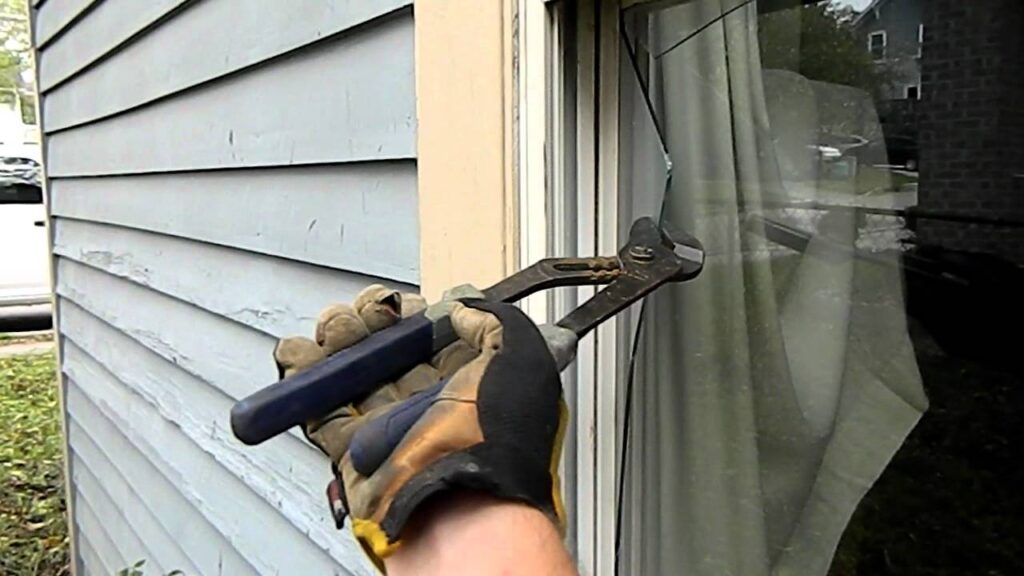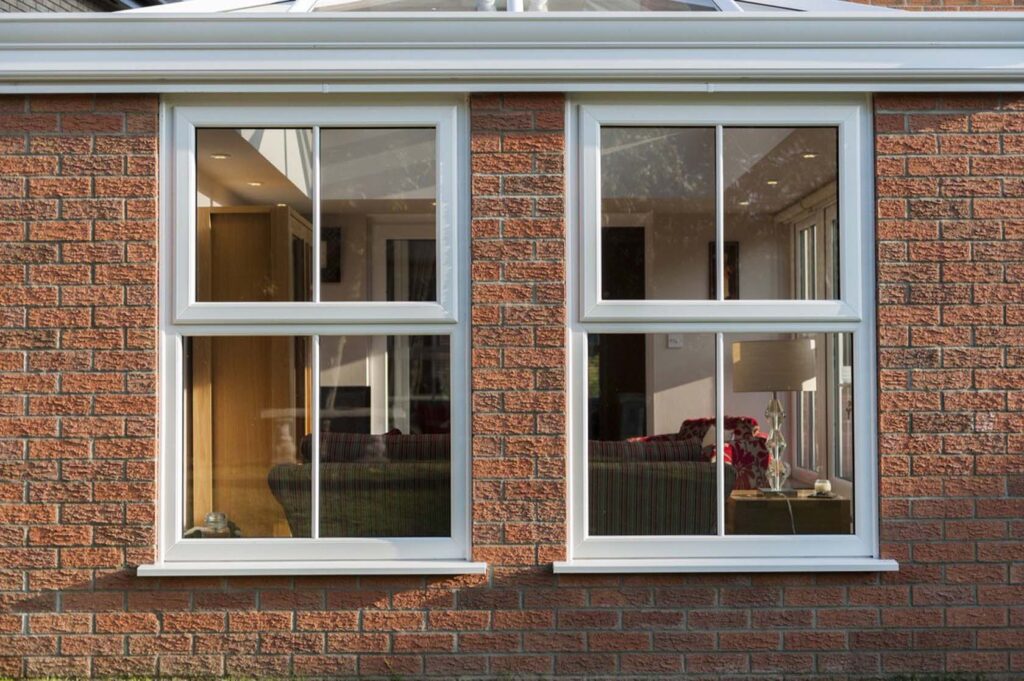Having glass windows adds more appeal to your house. They can block the entry of various external elements into your residence while allowing you to watch the outside view clearly. However, one common problem with glass windows is that they will break when hit by a powerful object, such as a ball, rock, bat, and more.
A broken glass window can cause more damage and also pose a threat to you. As a result, it is vital to remove the broken glass as soon as possible. If you are wondering how to remove the shattered glass and add a new glass in its place, then scroll down this post.
Step By Step Instruction Guide To Replace Broken Glass In A Window
We have mentioned the necessary steps in the order, which will make it easy for you when you replace a piece of broken glass in a window.
Step 1: Gather the required materials and tools
Before replacing the broken window glass, it is essential to gather the required equipment and materials.
List of tools needed:
- Spackle knife
- Eye protection
- Gloves for leather work
- Chisel or scraper
- Tape for measurement
- Paintbrush
- Rubber mallet
- Pencil (not mandatory)
- Glass cutter (not mandatory)
- A metal straightedge (not mandatory)
List of materials needed:
- Fine-grit sandpaper
- Clear wood sealer or linseed oil
- Replacement glass as per measurements
- Glazing compound
- Glazing points
- A bucket of exterior-grade paint
Step 2: Removing the broken glass and cleaning the frame

Snoop up the hardened glazing material from around the glass with a spackle knife. Since it will be rather dry and brittle, it may come off in huge pieces. Peel any particles that have clung to the frame.
In order to pry off the former glazing junctures, utilize a spackle knife, thin flat-head screwdriver, or pliers. With sharp needles implanted in the frame, these small fasteners pin the glass into the recess of the frame. Discard the broken glass while wearing eye protection and heavy-duty gloves.
Peel the groove around the frame where you omitted the glazing compound and glazing points with a chisel or a scraper. Make sure you do not dig the frame. Rub the wooden frame smooth using fine-grit sandpaper. After that, utilize a paintbrush to apply linseed oil or clear wood sealant to exposed wood and allow for complete drying of the sealer.
Step 3: Scaling the frame and getting a new glass
Determine the width and height of the window opening by determining the external edges of the L-channels. Deduct 1/8-inch from every side measurement, which serves as the glass size. By diminishing the pane a little, it will be easier for installation and also enables expansion and contraction depending on the season.
After getting the ideal measurements, you can visit a hardware shop where you can get a piece of glass cut as per the dimensions. However, if you have a huge sheet of stock glass, you can also cut a piece of glass on your own. While cutting the glass on your own, make sure to put on your safety glasses and gloves. Handle the cut glass with caution as the edges are relatively sharp.
Step 4: Mounting the glass
Roll the glazing solution into high, relatively thin cords with a diameter of about 1/8-inch. Place the ropes in the L-channels around the window frame’s perimeter where the glass will sit. With the tip of a spackle knife, press around the glass perimeter, condensing the glazing compound and turning in the glass.
Using the tip of the spackle knife, tap two glazing points into the bottom of the frame against the glass and press them into the wood. If you require additional pressure, it is better to pound the handle of the spackle knife with a rubber mallet.
Put two more glazier’s points on each side of the window pane, which becomes eight glazier’s points. Scrape any glazing compound that has seeped out from the bottom of the glass using a spackle knife.
Step 5: Glazing the window

Toss additional glazing compound and produce 1/2-inch thick cords. Put these compound strings in the L-shaped gap where the glass joins the window frame around the glazing compounds. Press the compound on the glass and wood with your finger.
Hold the spackle knife at an angle of 45 degrees and move the blade down the bead of the glazing compound, which makes a flat, angled wedge between the connection between the glass and the frame of the window. Add a bit more compound and smooth it if there are any voids.
After you have produced a perfect wedge-shaped seal with the glazing compound, utilize the tip of the spackle knife to discard any little pieces of the compound of the glass. Take caution not to touch the finished glazing compound bead.
It is not easy to glaze windows, but with slight practice, you can get the hang of it. The purpose is to have an exact wedge of compound around the corners of the glass. Since the glazing compound will stay soft for enough time, you can scrape it off and begin again in case a mistake happens.
Step 6: Applying the paint
Allow the glazing compound to dry and solidify according to the manufacturer’s instructions. It could take anywhere from 5 to 7 days. Paint the glazing and also the exposed wooden frame with exterior-grade paint after it has dried and hardened.
In order to provide the finest possible weather seal, experts prefer to overlap the paint onto the glass by the tiniest of margins, which is usually around 1/16 of an inch. Make sure to clean the glass after the paint has dried totally.
Bottom Line
Follow the above-listed steps when you need to replace a piece of broken glass in the window. Make sure to get the required tools and equipment beforehand to avoid delays. While removing the broken glass, be careful so that you can avoid harming yourself.

